Every January, many communal houses in Binh Dinh resound with the sound of hát bội drums (also known as hát bộ, hát tuong). Hát bội is also performed in the fish praying ceremony and traditional festivals in Binh Dinh. Particularly in Vinh Thanh village (Phuoc Loc commune, Tuy Phuoc district, Binh Dinh), the hometown of the late tuong master Đào Tấn, for over 100 years, the sound of hát bội drums has never been absent in the spring or on the anniversary of Đào’s death on the full moon day of the 7th lunar month.
In addition to Dao Tan Tuong troupe (a professional troupe under the Binh Dinh Traditional Arts Theater), Binh Dinh province has 9 private Tuong troupes operating and performing throughout the provinces of the South Central and Central Highlands. Over the past years, the People's Committee of Binh Dinh province has issued many programs, plans and projects to preserve and promote the value of the intangible cultural heritage of Hat Boi.
THE CRADLE OF TUONG ART
Hat Boi appeared during the Tran Dynasty (1225 - 1400), then became popular in the Central region. In the 16th century, Dao Duy Tu (1572-1634) was the son of a singer. Despite his great talent, he was still eliminated from the examination organized by the Dang Ngoai court. Therefore, he went to Dang Trong. During his first time in Dang Trong, Dao Duy Tu stopped in Binh Dinh and contributed to the development of Hat Boi art here, so he was honored by later generations as the founder of Binh Dinh Hat Boi art.
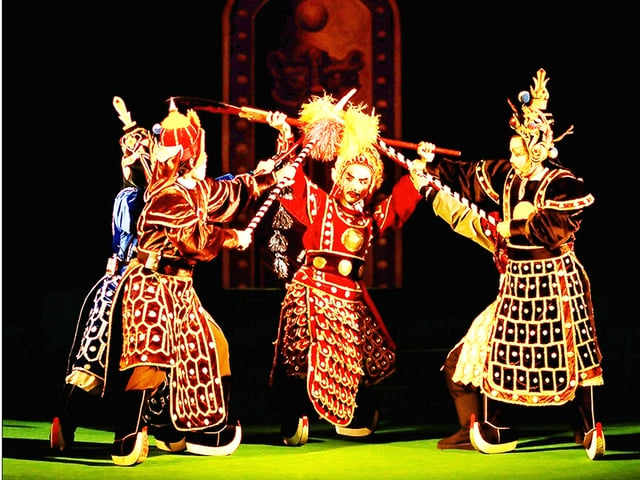
Weapons often appear on the stage of Binh Dinh opera.
PHOTO: DAO TAN TUONG GROUP

Young artists of Dao Tan Tuong troupe perform the excerpt "Phan Dinh Cong De Co"
PHOTO: HOANG TRONG
In the 19th century, during his time as Governor of An Tinh (now Nghe An and Ha Tinh), Dao Tan (1845-1907) established the Nghe An Academy, leading children from Binh Dinh to teach opera to perform for the people and local officials. When he retired, Dao Tan moved the Academy to Vinh Thanh village (Phuoc Loc commune, Tuy Phuoc district, Binh Dinh), built a theater school there and had 18 more students who were taught opera. Since then, Vinh Thanh village became the cradle of opera in Binh Dinh. Five of Dao Tan's students founded their own theater troupes, and the generations after Dao's students founded 30 other theater troupes.
Mr. Dao Tan left for posterity thousands of poems, lyrics, and more than 40 operas, including famous plays such as: Tan Da Don, Quan Tran Hien Thuy (composed in 1878), Van Buu Trinh Tuong (composed according to the decree of King Tu Duc, including 216 episodes, of which Ngo Quy Dong composed 28 episodes, Vu Dinh Phuong composed 36 episodes, the rest were composed by Mr. Dao Tan), Co Thanh, Ho Sanh Dan, Dien Vo Dinh, Hoang Phi Ho Qua Gioi Bai Quan...
N HEARING THE SOUND OF THE DRUM, HEADQUARTERS AND RUNNING
According to writer Le Hoai Luong (in Quy Nhon City, Binh Dinh), in its heyday, in addition to the stages established under contracts from the government, the rich, and the village community, there were 12 permanent theaters in Binh Dinh. Only in Binh Dinh was there the annual Van Mieu theater to honor the opera artists who were appointed as main singers and deputy singers by the government.

Artists of Dao Tan Tuong troupe perform the play Quang Trung defeats the Qing army.
PHOTO: HOANG TRONG
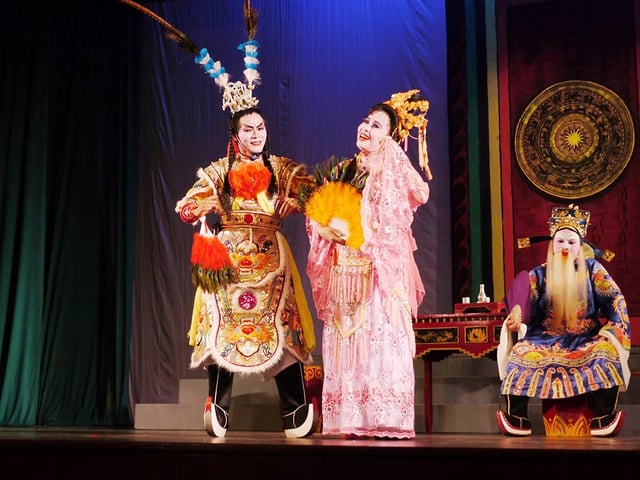
Performing excerpt of Lu Bu's play Diao Chan on Binh Dinh opera stage
PHOTO: HOANG TRONG
The story of Binh Dinh people's love for opera is expressed through many folk songs such as: Opera makes people feel guilty/Men abandon their wives, women abandon their children...; Hearing the drums of war, they go without warning/Hearing the drums of court, they run headlong... or the verses: Bau Dong plays Ly Phung Dinh/Even if the husband beats me, I will go..., and Cuu Vi plays Ly Phung Dinh/Even if the husband beats me, I will go.
Bau Dong in the song is Chanh Ca Dong, a student of Mr. Dao Tan at Vinh Thanh Academy; and Cuu Vi's real name is Phan Hien (in Tay Son district, Binh Dinh), an excellent opera artist who was awarded the ninth rank by the government.
In the book Dao Tan and Binh Dinh opera , poet Quach Tan said that before 1954, out of 10 people in Binh Dinh, 6-7 were addicted to opera. Whenever there was opera, the person in charge of the performance was usually a prestigious person, a dignitary, and had to be knowledgeable about the play, beating the drum to praise and criticize at the right time and place. A "thung" sound hitting the middle of the drum was a compliment, two consecutive sounds were compliments that were very good, a "rump", "cắc" or "cắc... cắc" sound was a criticism of bad singing or bad dancing... The person in charge of the performance also had to reward the actors with money every time they sang well. Many dignitaries, nobles, rich people, tyrants... still competed to perform, partly because they loved opera or maybe they wanted to "become a teacher for prestige".
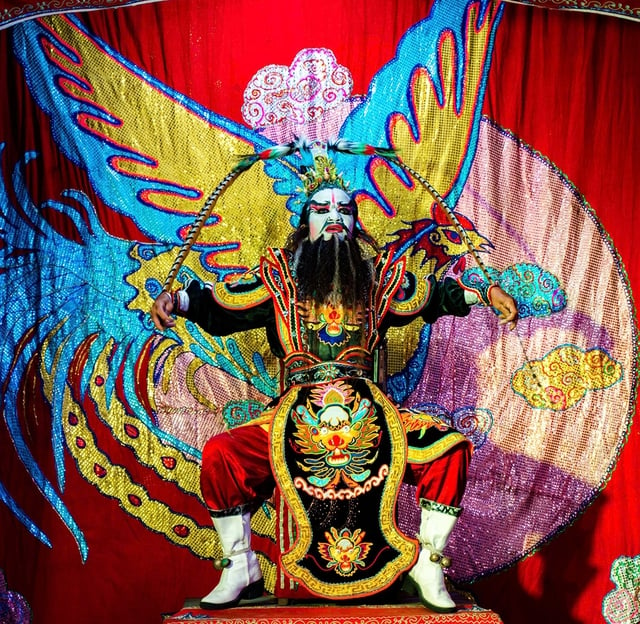
A hát bội artist performs at the village communal house stage in Binh Dinh.
PHOTO: DUNG NHAN
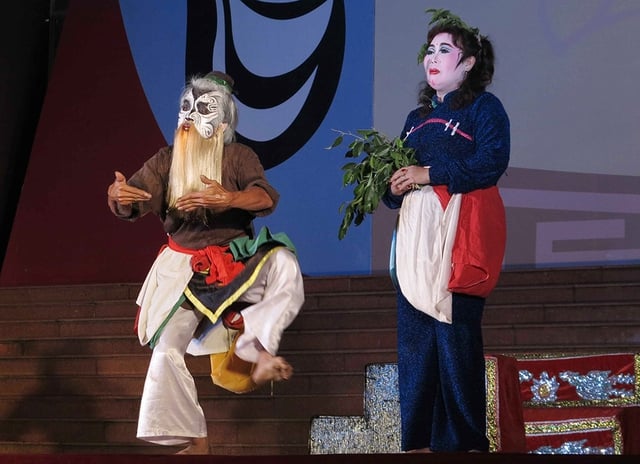
Nhon Hung Tuong Troupe (Binh Dinh) performs an excerpt of Ta Ngoc Lan's Sacrifice in the play Tam Nu Do Vuong.
PHOTO: HOANG TRONG
Binh Dinh martial arts opera
Binh Dinh is a land with a tradition of martial arts, so it has also greatly influenced the art of hát bội. The favorite theme of hát bội Bình Định is associated with heroic characters. To play the role of these characters, one must know martial arts and know how to use weapons. That is why there is a saying: "Binh Dinh sings martial arts plays, Quang Nam sings literary plays".
In the book "Gop lat duong" , researcher Vu Ngoc Lien (1924-2013) said that the art of hát bội has two main components: singing and dancing. To dance well, one must learn martial arts. In the past, hát bội artists in Binh Dinh, whether male or female, had to know martial arts. Therefore, Bình Định martial arts have become an important component in the overall structure of hát bội Bình Định, giving the stage of hát bội Bình Định its own unique character, especially martial arts plays. (continued)
Source: https://thanhnien.vn/hat-boi-lam-toi-nguoi-ta-185250328214220767.htm





![[Photo] Visiting Cu Chi Tunnels - a heroic underground feat](https://vstatic.vietnam.vn/vietnam/resource/IMAGE/2025/4/8/06cb489403514b878768dd7262daba0b)


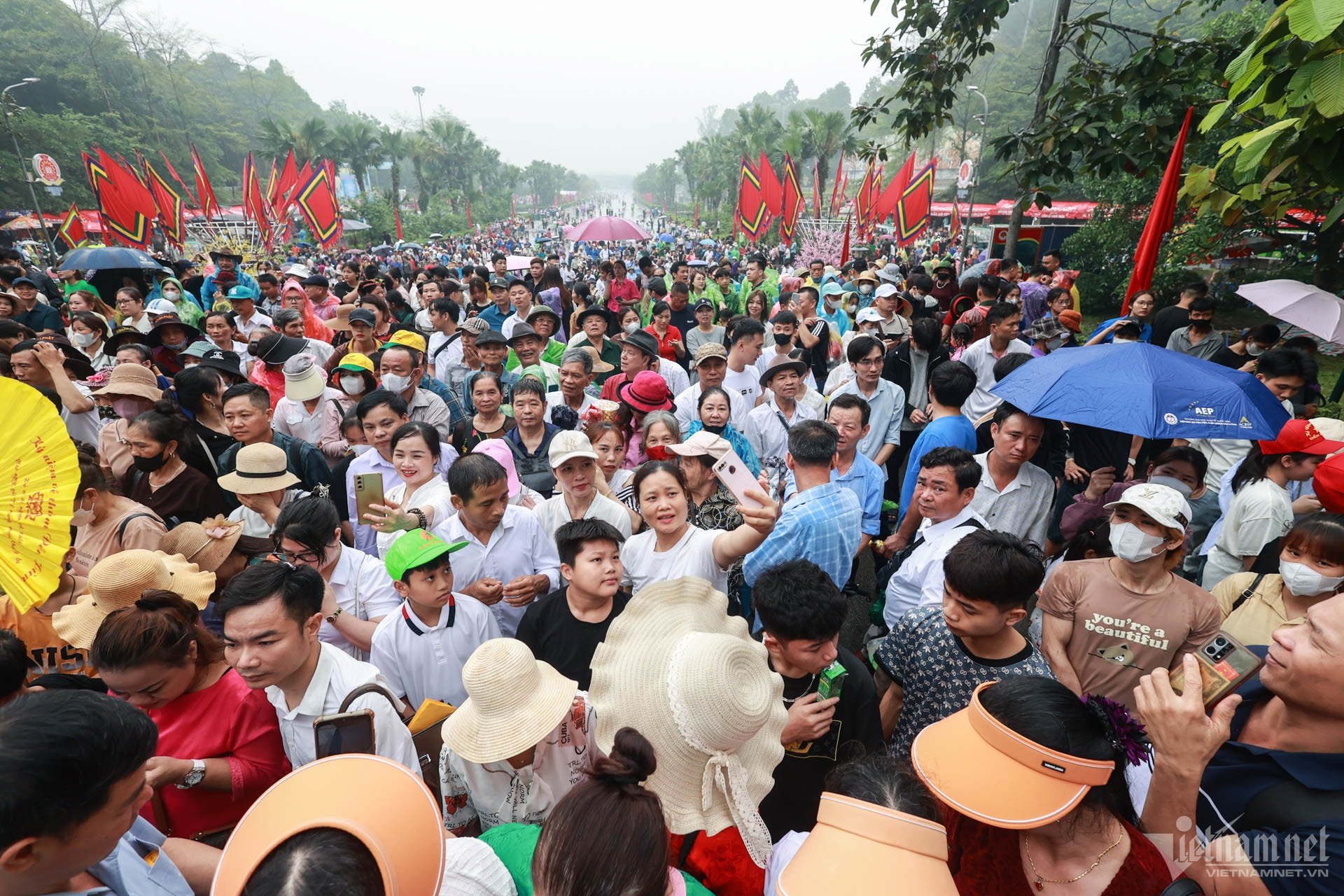

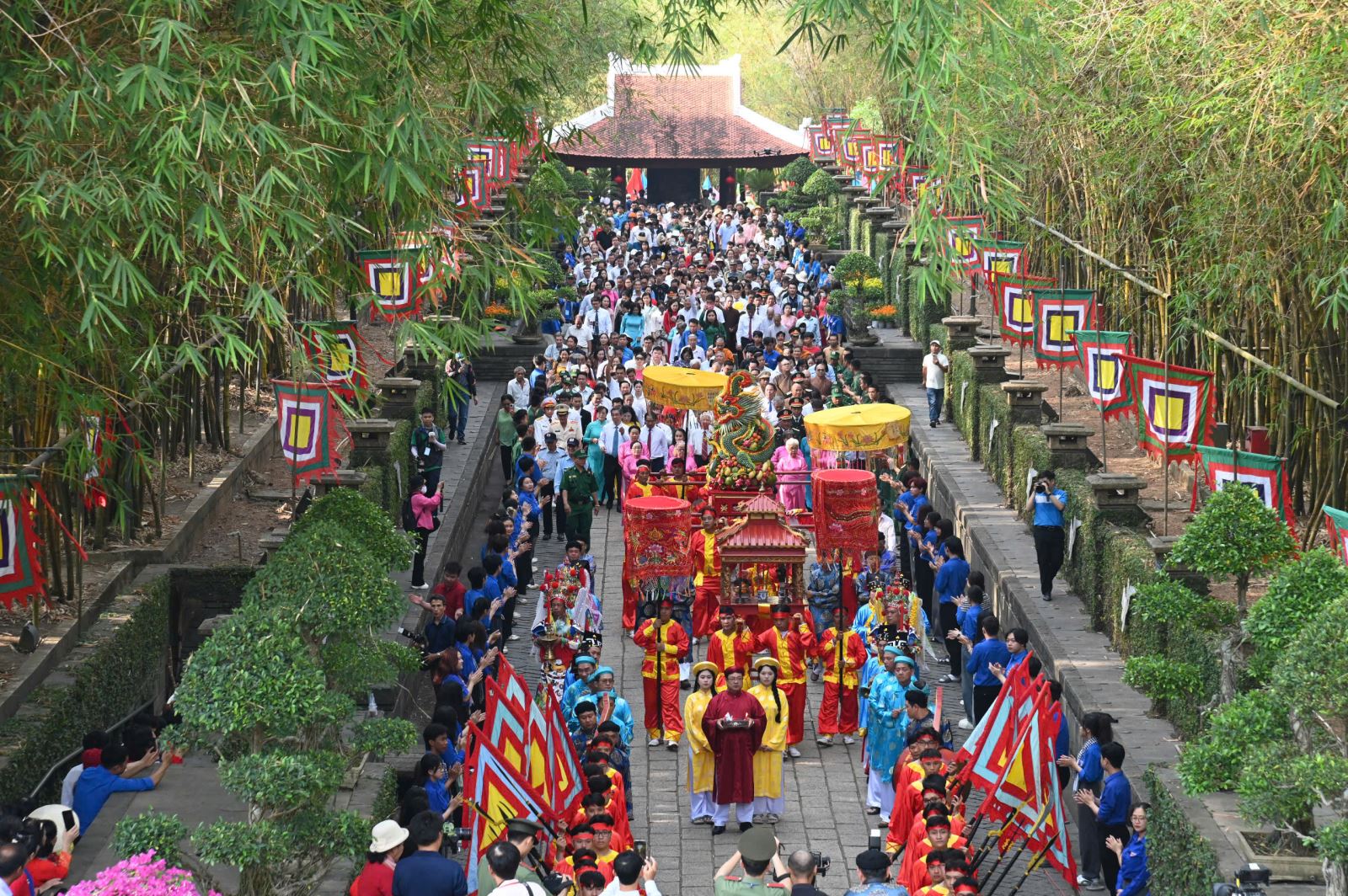
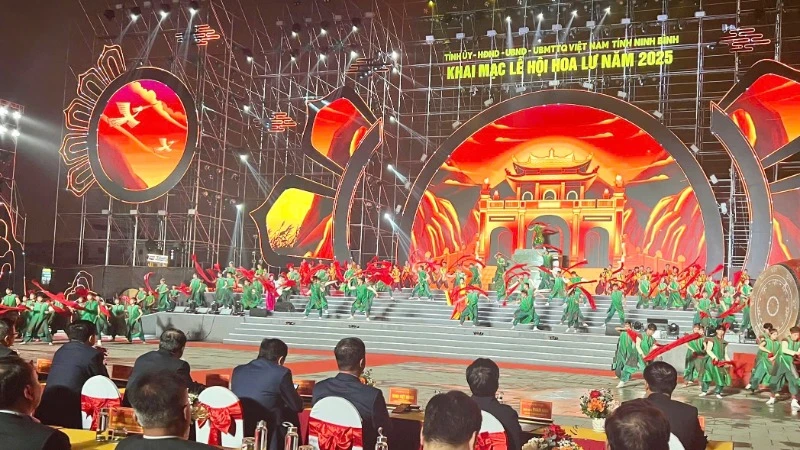
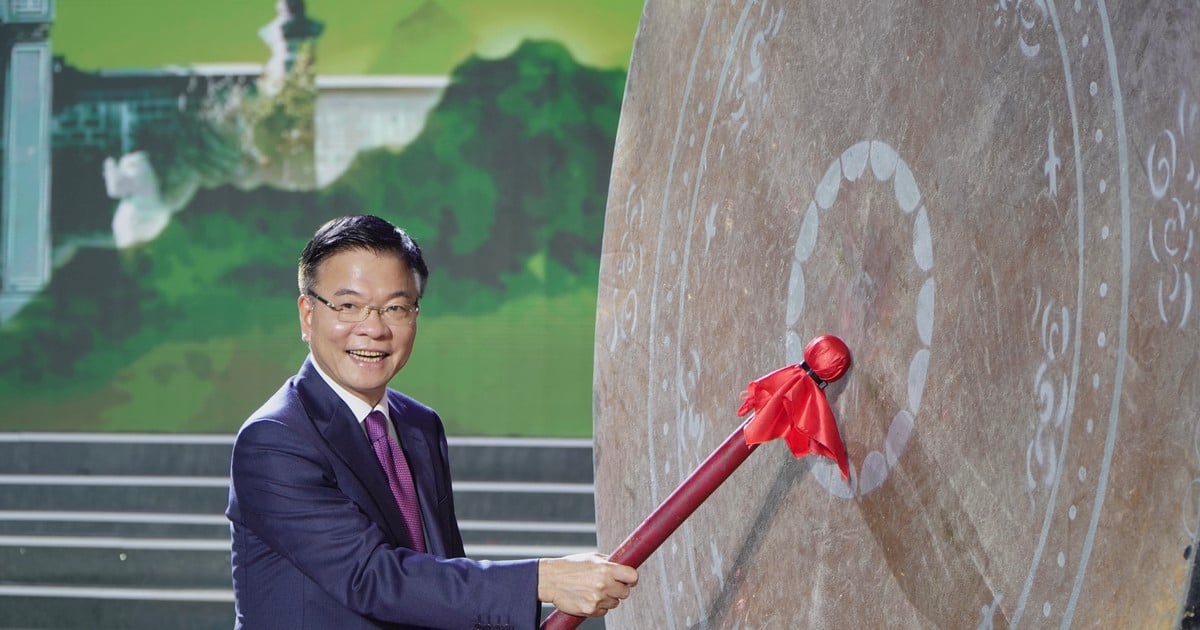
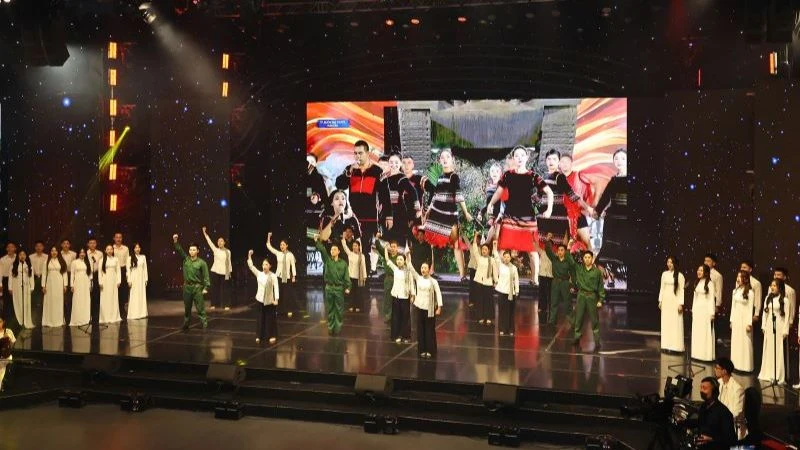

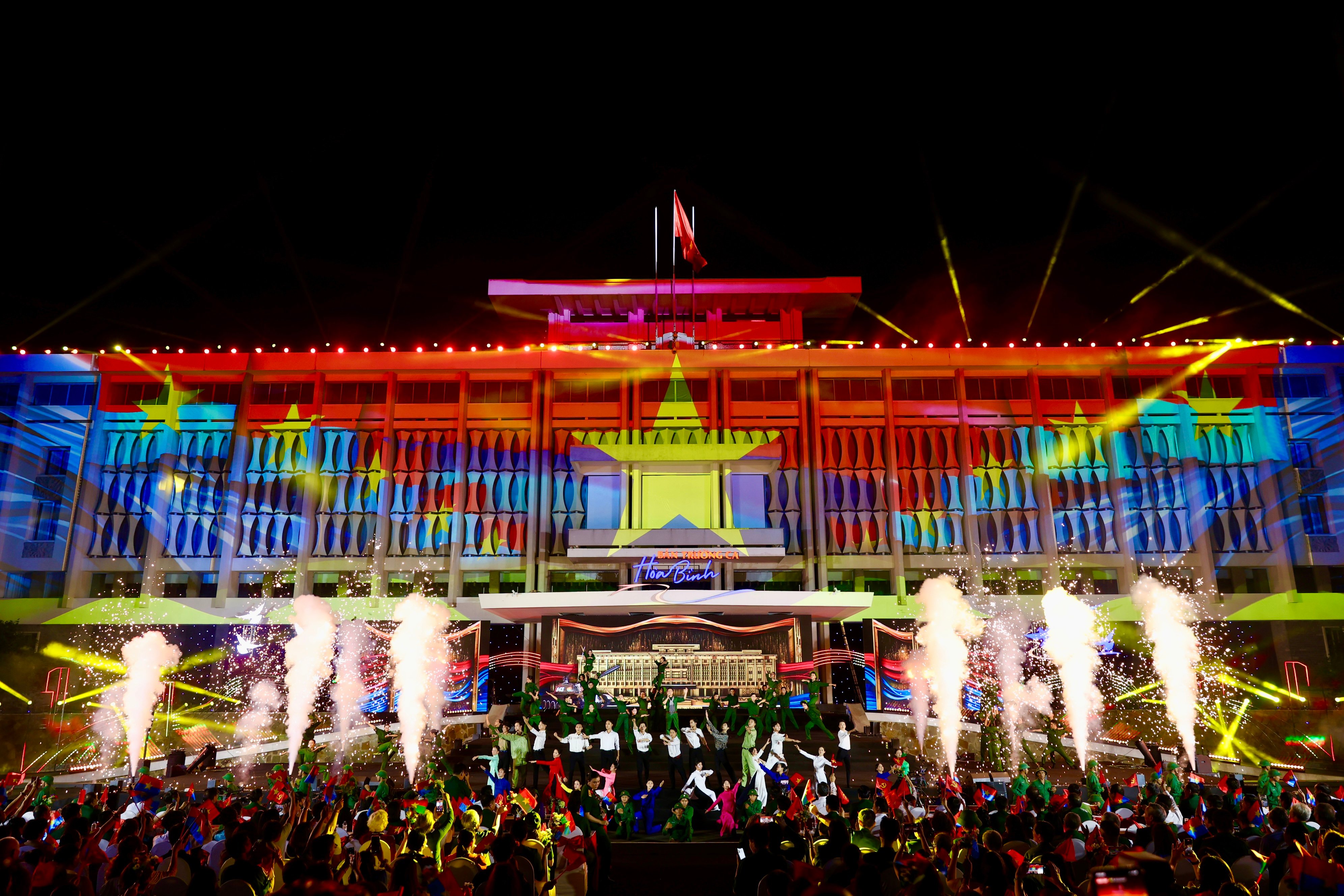

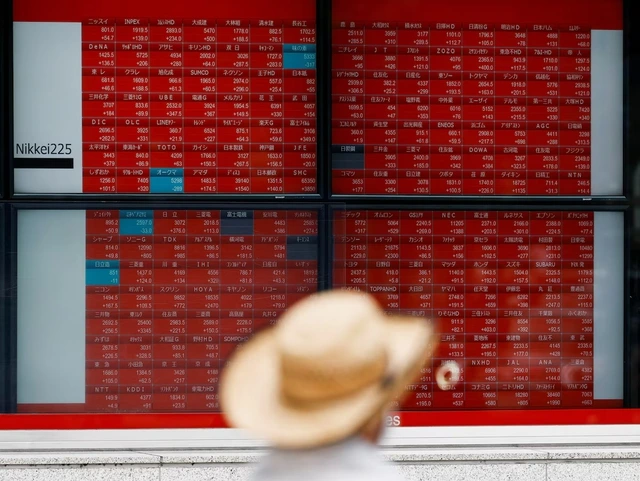

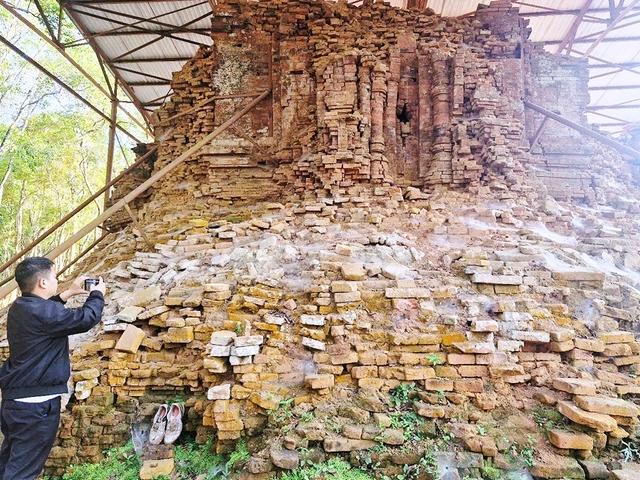
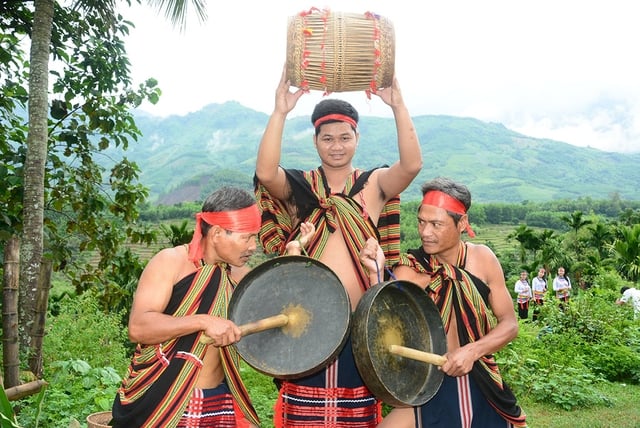


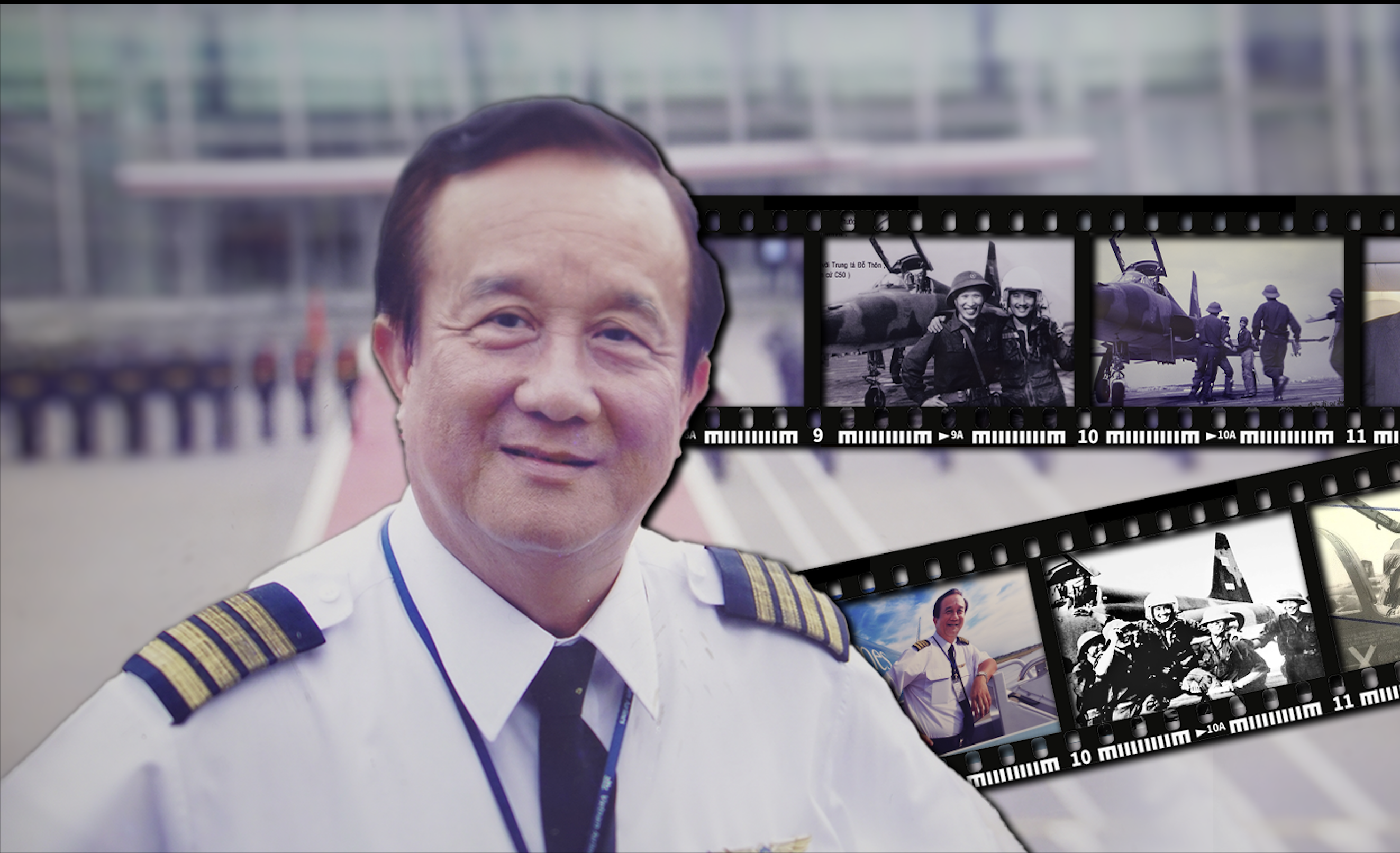




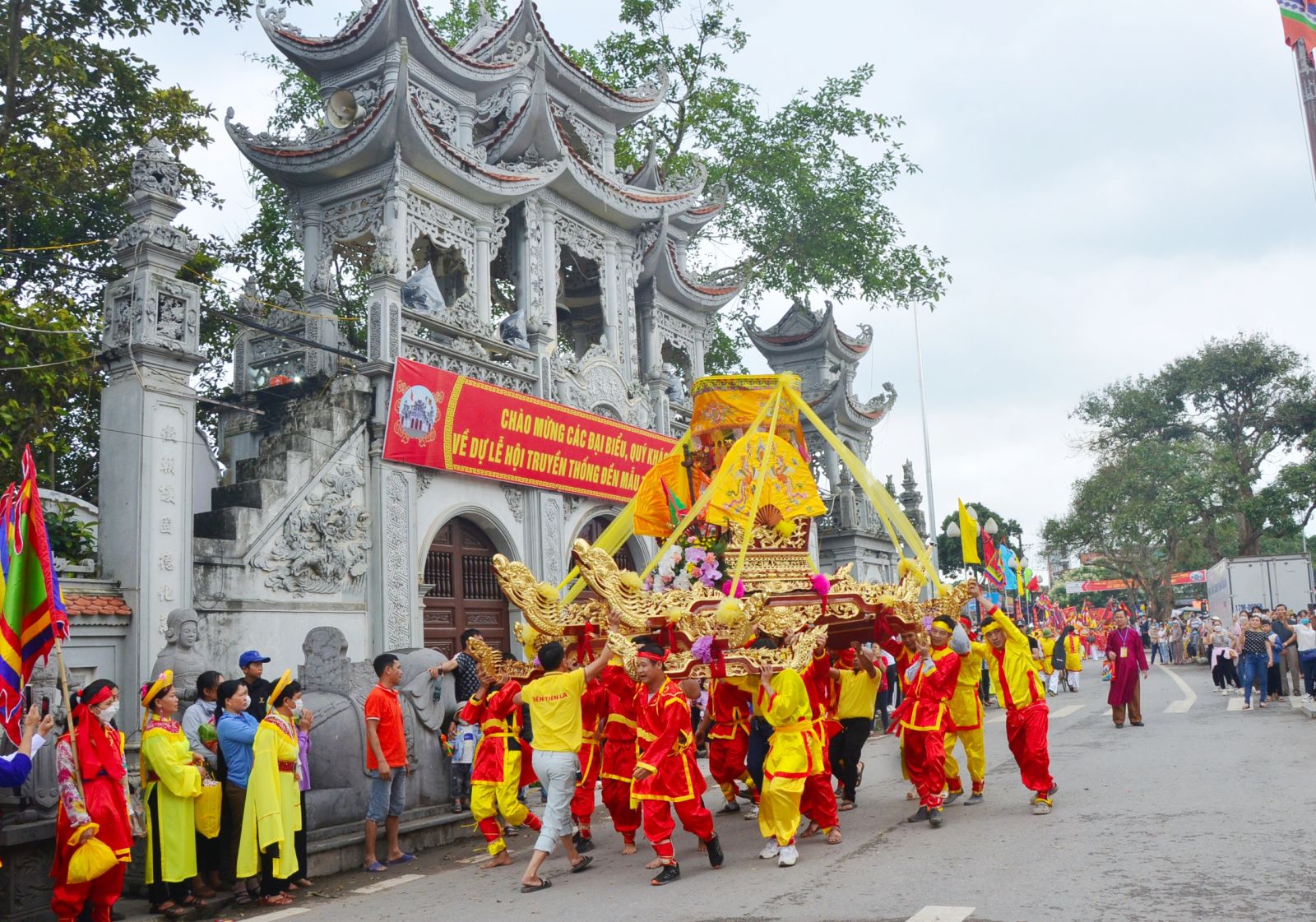



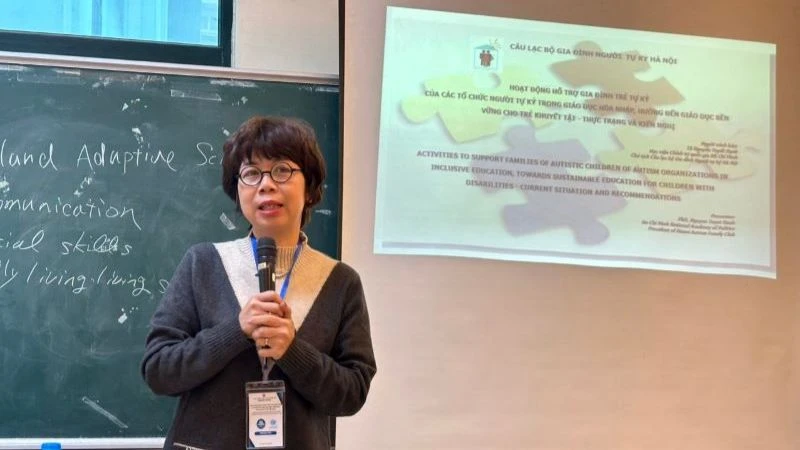



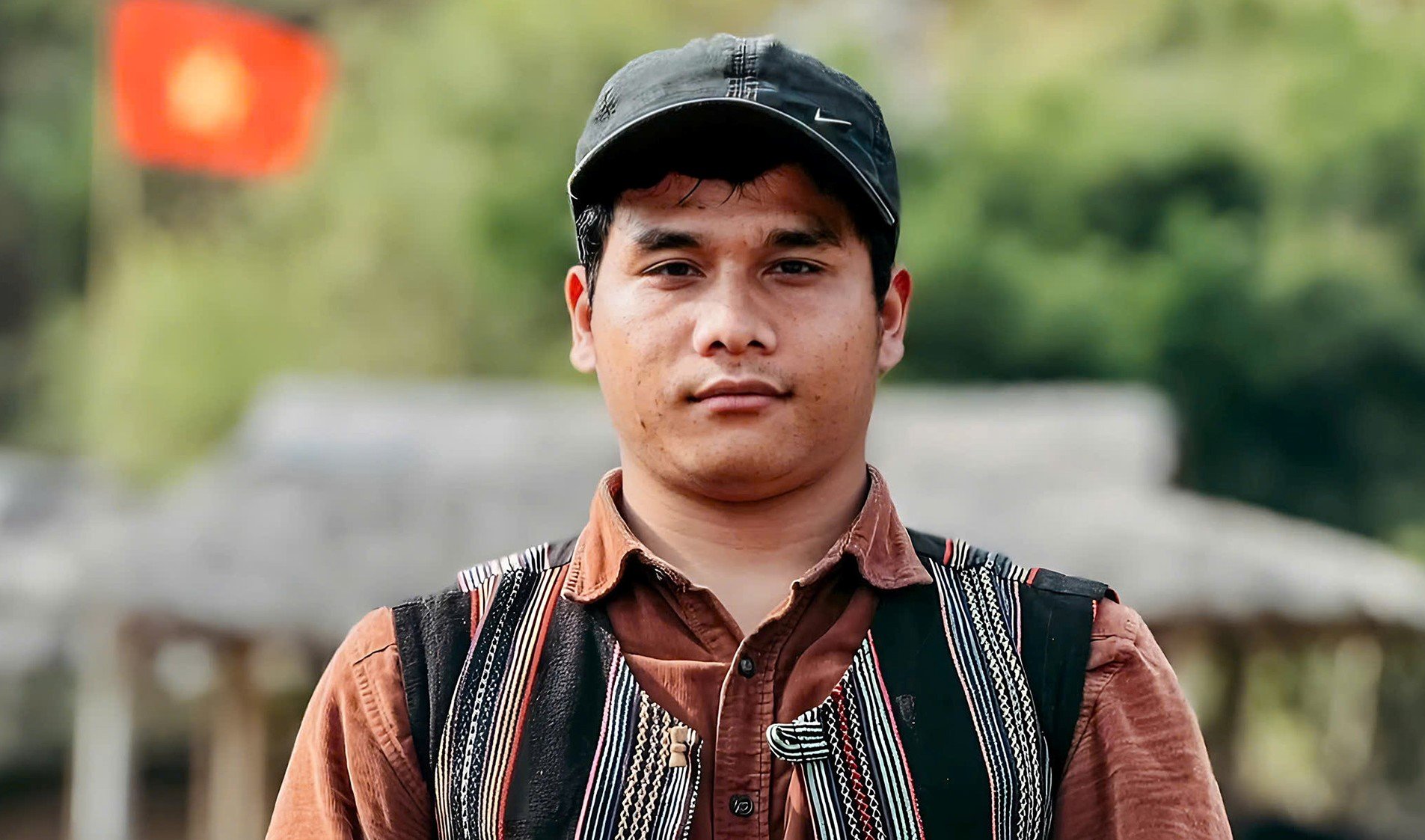

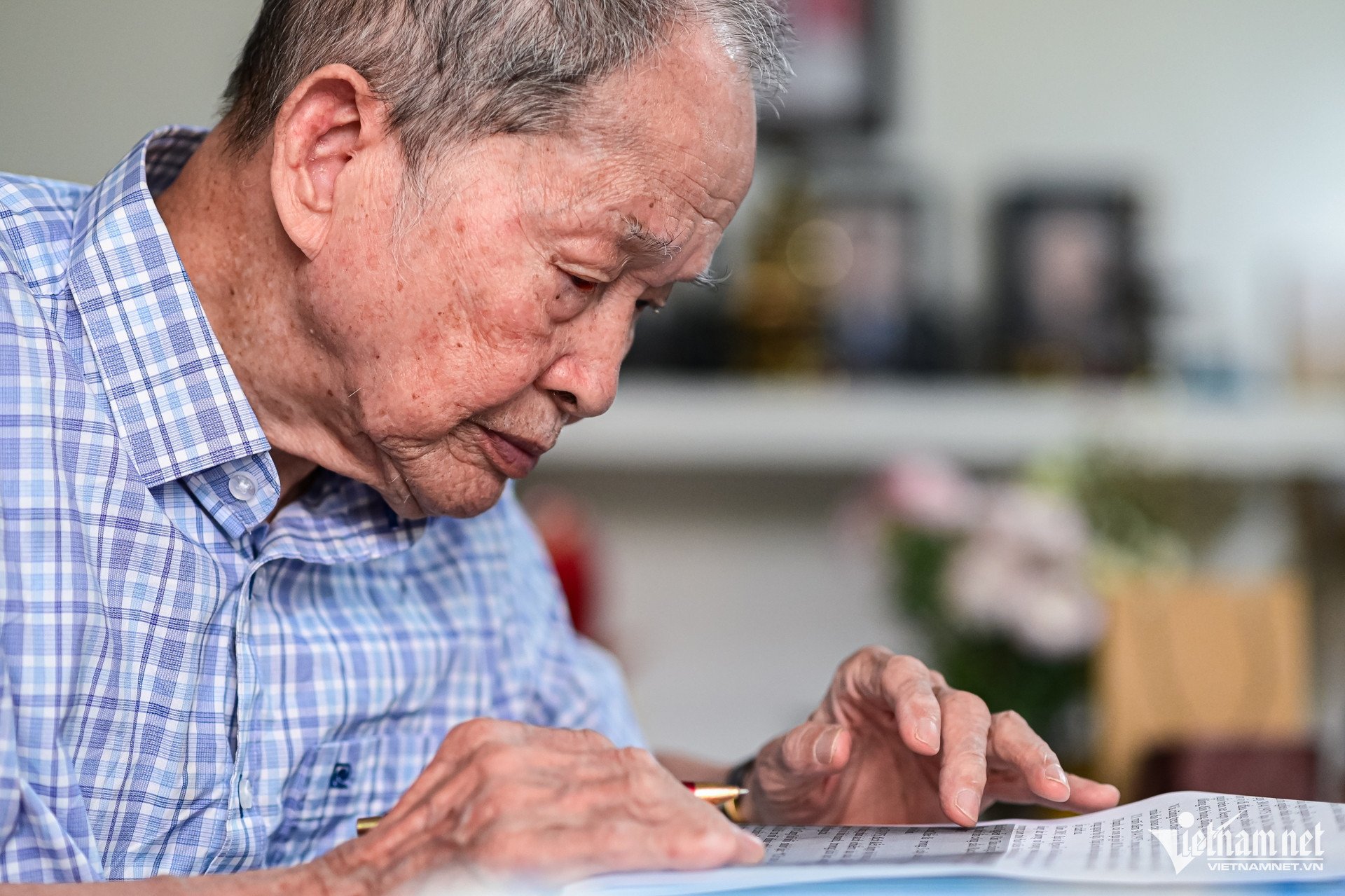


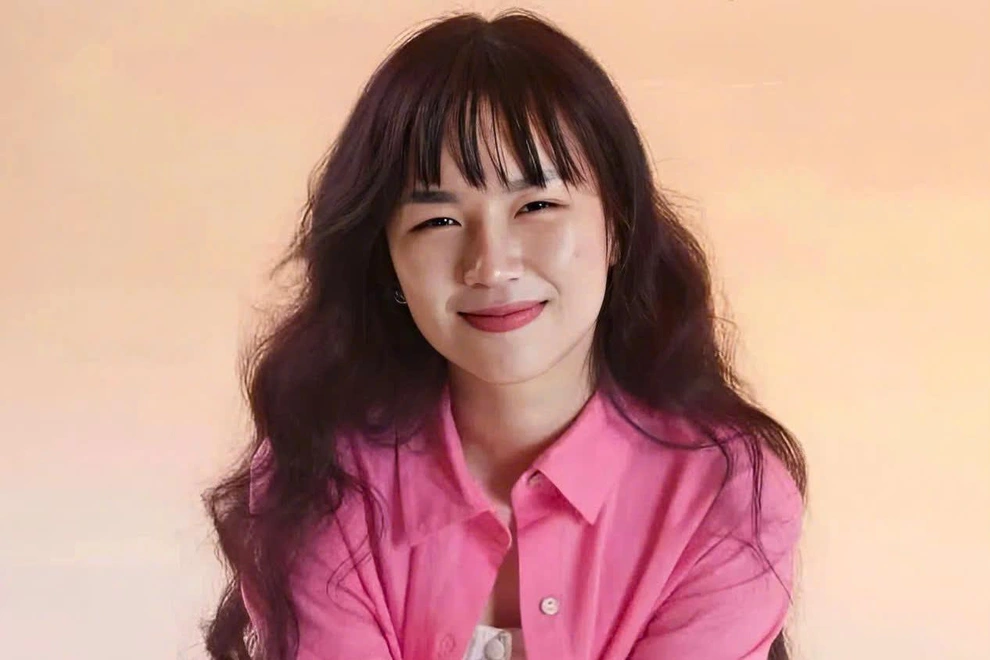
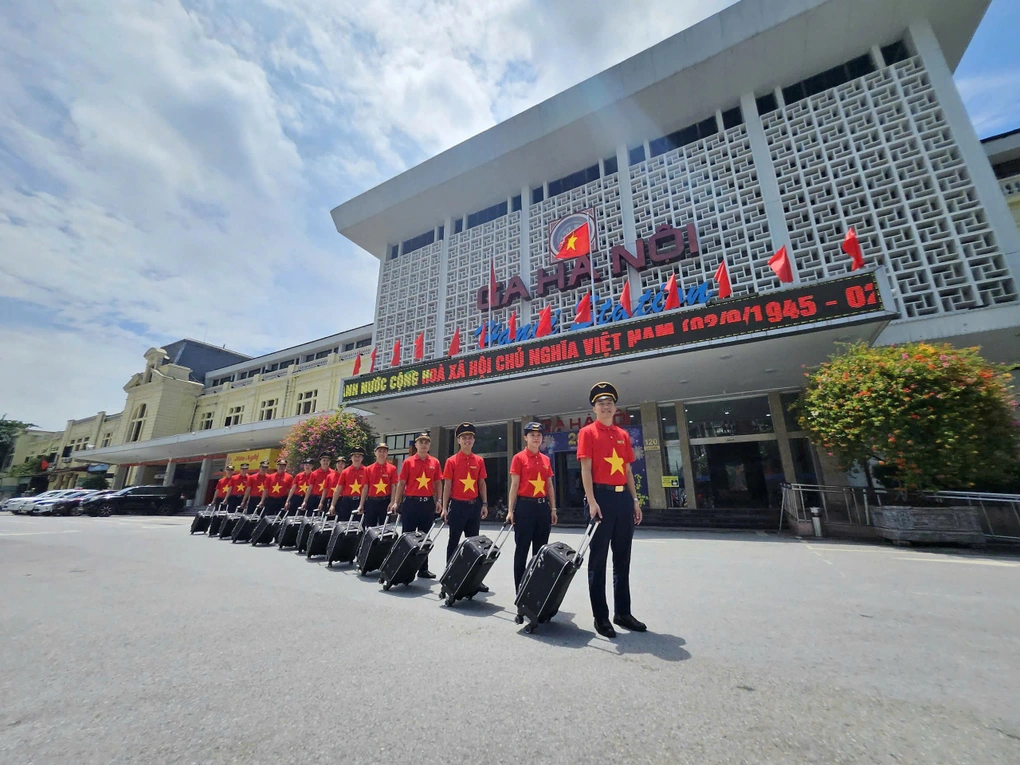








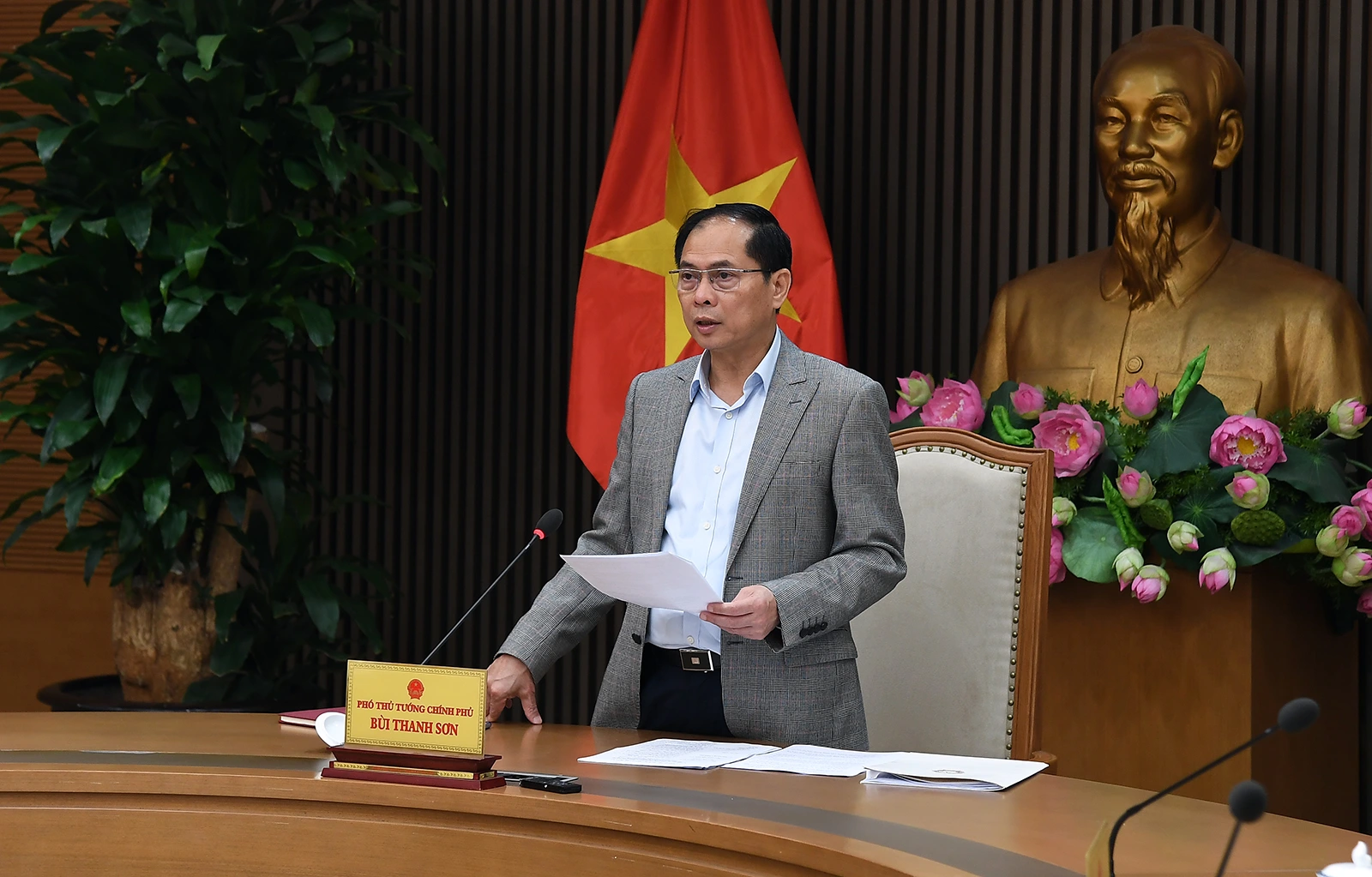












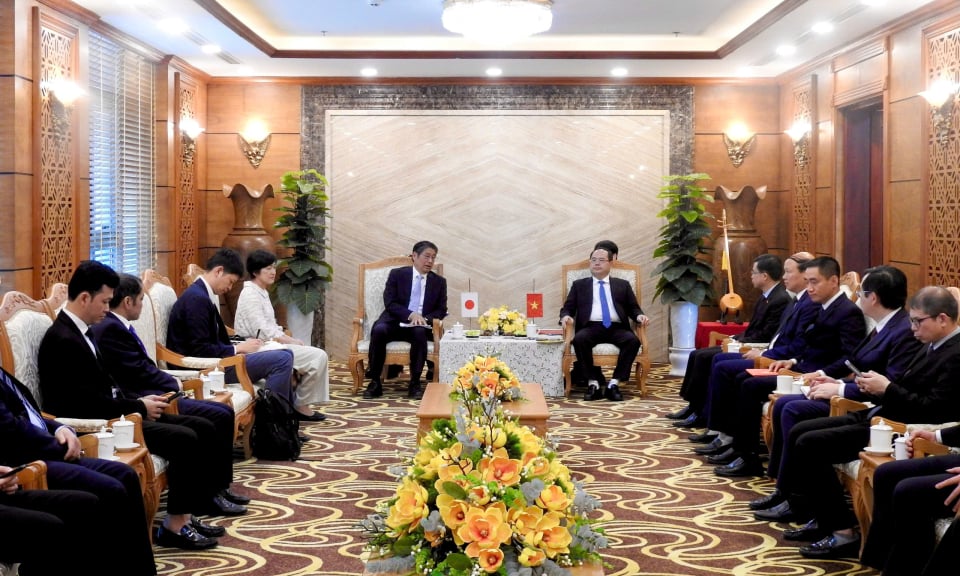


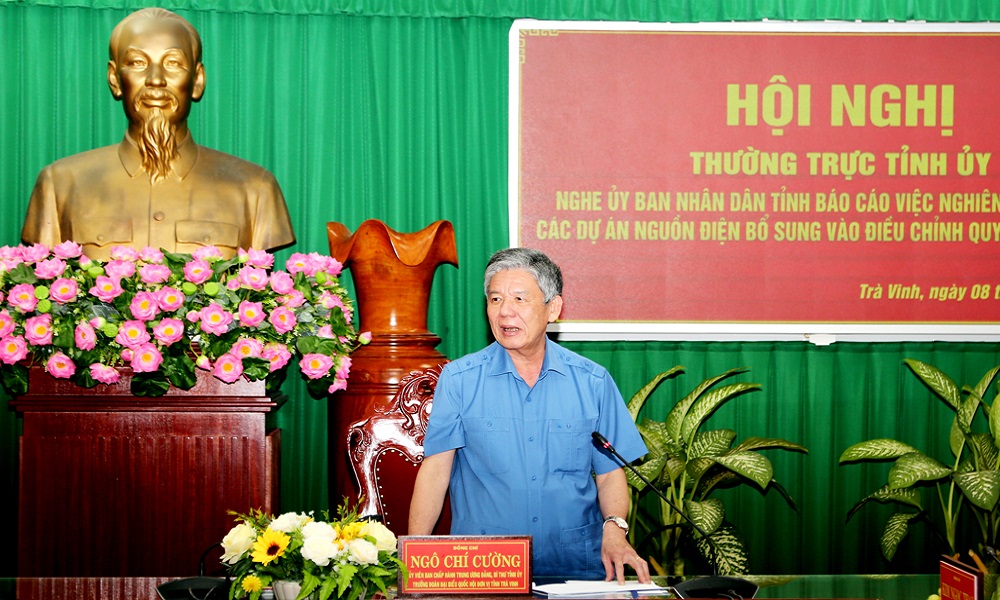




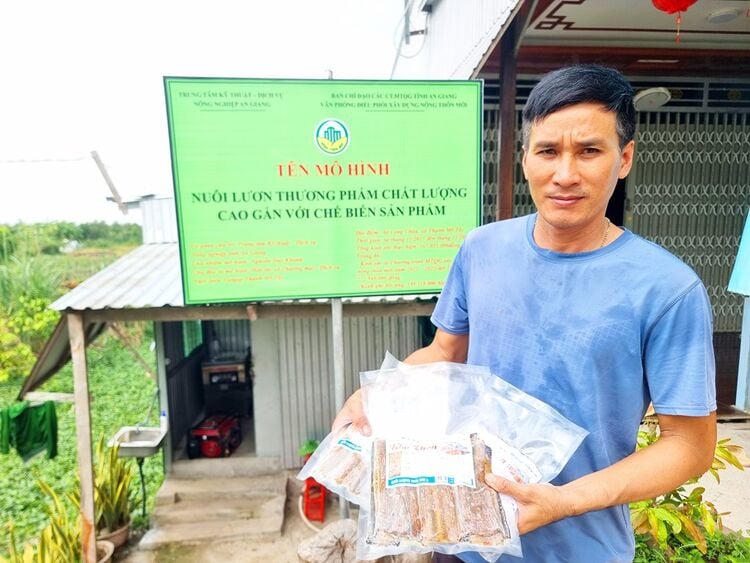
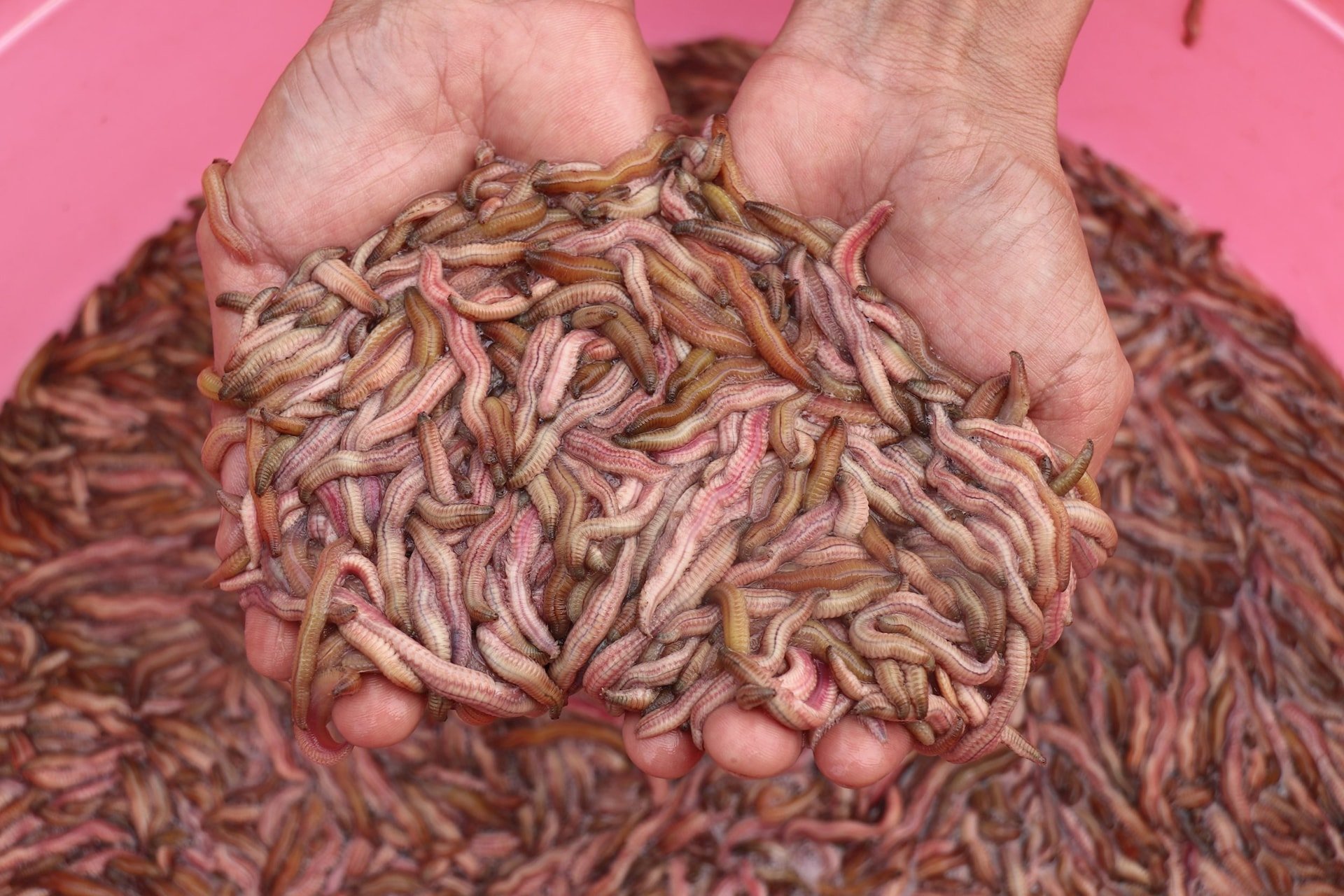
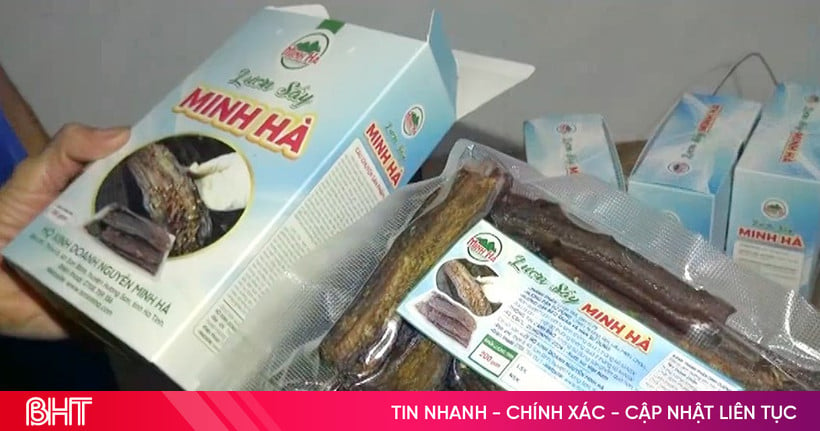

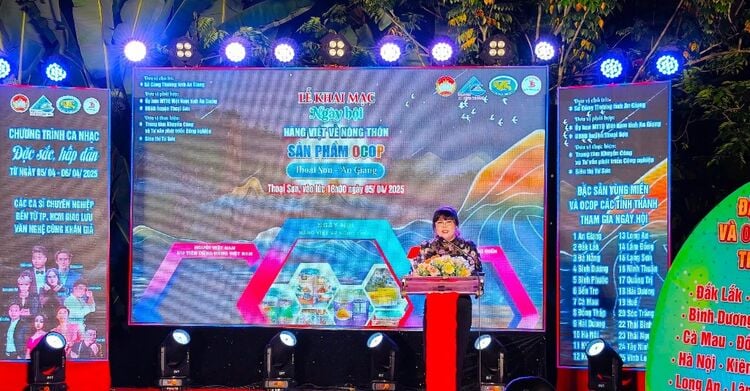

Comment (0)